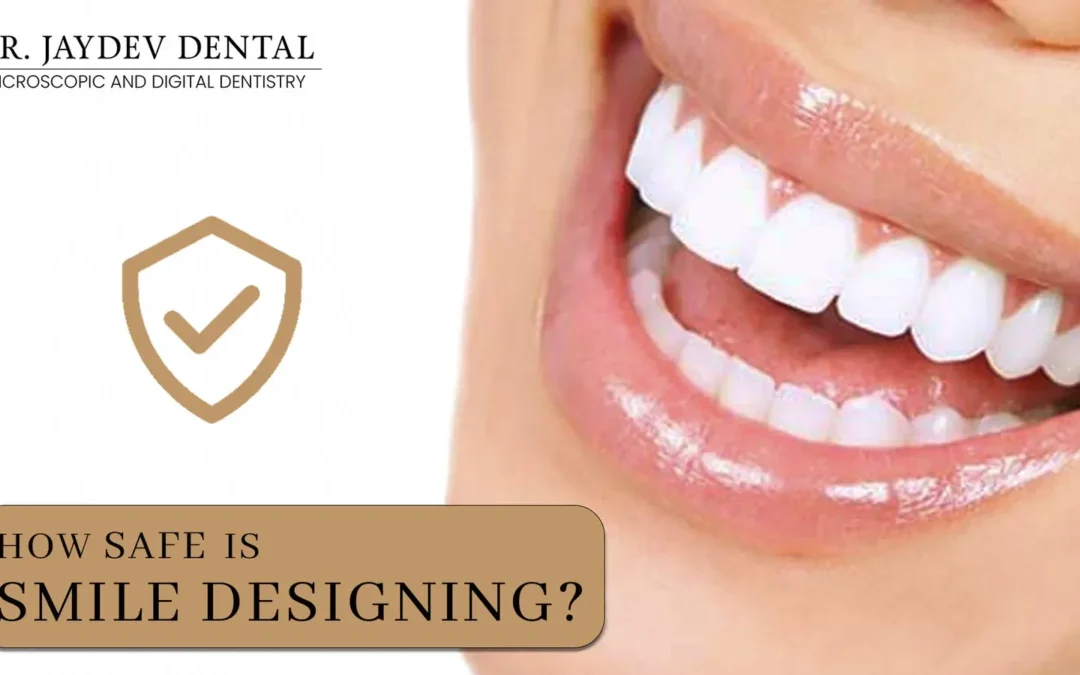We say Smile Designing is Safe
How is it gonna be safe?
In this blog, I would like to disclose the digital smile-designing procedure I follow to achieve a safe and stunning Hollywood smile.
Patient’s smile needs and expectations:
This is one of the must-follow steps of the entire smile-designing process. As the smile designing expert, you must take time to discuss what are your patient’s smile needs. If you could discover what the patient needs, then the best you can design their smile.
At this step, we thoroughly review the patient’s past medical and dental history. We examine the dental and oral conditions of the patient. These help in treating them more accurately. This is where the safe digital smile designing procedure occurs. We first analyze the existing issues of the patient. Then plan the digital smile-designing process. This help in avoiding further complications.
After this thorough examination, it becomes slightly difficult to review the treatment options and meet the patient expectation.
Facial Aesthetics:
The basic smile design starts with the Outside-in approach. In this, we evaluate the patient’s facial structure and features. This also includes facial proportions and aesthetics on the facial dimensions.
In facial aesthetics, the facial thirds and disproportions if any between the superior, middle, and lower thirds are assessed. Notable concerns in these areas are the indication of the skeleton growth or development of tissues. These may have an impact on the final smile of the patient.
Upper lip length, Position, Mobility, and, Symmetry:
Lips play a major and important role in the overall smile-designing process. They are the boundaries of the smile curve that give the perfect shape. Lip mobility will have a direct proportion to the smiles. We determine the lip shape by the movement and length of the upper lip. So, to assess the lip length, we first assess the number of teeth displayed. The average upper lip length in males is 23 mm and 20mm in females. Thus, females have an average of 1.5 mm of the higher lip line, showing more tooth display at rest. If we consider lip mobility, it is generally 7 to 8 mm in females.
Hence, we start with assessing the overall mobility of the patient lip. If the mobility is more, there are chances for higher visibility of teeth or gums on one side than the other. Hence, we take photographs and videos of the patient while talking, smiling, or chewing. After we analyze all these factors, there are certain procedures we recommend.
We do not recommend smile designing to everyone.
Not everyone will have a scientifically structured smile. At the same time, not everyone needs to design their smile. We recommend smile designing for those who have ill oral and dental effects. If smile designing is demanded, we only suggest the necessary procedures.
We draw your smile to right analyze it.
Step 1 – Understanding Patient’s Needs
Step 2 – Determining the facial aesthetics
Step 3 – Drawing the smile blueprint
Step 4 – Blueprint of a smile on the patient face using 3D Imaging Technology
Step 5 – Patient Feedback
Step 6 – Final Smile is achieved
In our earlier blog on Digital Smile Designing, we stated how 3D imaging technology helps in drawing the perfect smile that matches your face.
Every time we make these drawings, we make sure to understand how we can transform them into reality. We draw these to match the working model with the patient’s face.
Establishing communication between the dentist and patient is the key:
We need effective communication between the patient and the dentists for smile design. In 3D imaging technology, every step and every sketch of the patient smile is prior reviewed. Then we continue further steps as per the feedback and approval of the patient. The patient can share their requirements or expectations until they feel satisfied. These visual perceptions of the patient enhance the results of the smile-designing process.

